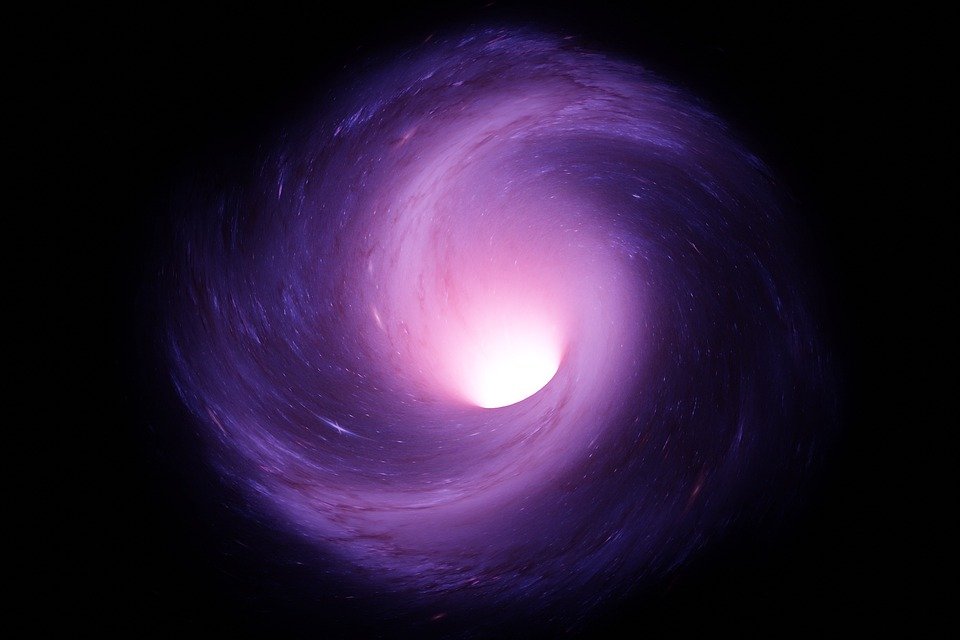Unlocking the Creative Potential: The Art of Designing NFTs
Introduction
Non-Fungible Tokens (NFTs) have taken the art world by storm, revolutionizing the concept of ownership and authenticity. These unique digital assets have opened up a whole new realm of possibilities for artists and creators, allowing them to monetize their work in ways never before imaginable. In this article, we will explore the art of designing NFTs and how it unlocks the creative potential of artists.
The Rise of NFTs
Before delving into the art of designing NFTs, it is important to understand the rise and popularity of these unique digital assets. NFTs are built on blockchain technology, which ensures their scarcity, provenance, and immutability. This has attracted collectors and investors who see value in owning a digital item that cannot be replicated or tampered with.
Artists have seized this opportunity to showcase their creativity and earn a living from their digital creations. NFTs allow artists to tokenize their work, making it possible to sell and trade their digital pieces directly to collectors on various online platforms. The decentralized nature of blockchain technology has eliminated the need for intermediaries, giving artists more control over their artistic endeavors.
The Art of Designing NFTs
Designing NFTs involves a careful balance between creativity and technical considerations. Here are some key aspects to consider when creating NFTs:
1. Concept and Creativity
Every NFT begins with a unique concept. Artists have the freedom to explore various themes, styles, and mediums to create digital artworks that resonate with their vision. The concept should be compelling and engaging, capturing the attention of potential collectors.
2. Digital Execution
Once the concept is established, artists must bring their vision to life in a digital format. This involves utilizing digital tools, such as graphic design software or 3D modeling programs, to create the artwork. Attention to detail and technical proficiency contribute to the overall quality of the NFT.
3. Metadata and Tokenization
Metadata plays a crucial role in the design of NFTs. Artists can provide detailed information about their artwork, including title, description, and edition size. Tokenization involves minting the NFT on a blockchain platform, such as Ethereum, and assigning it a unique token ID. This process ensures the authenticity and provenance of the artwork.
4. Utility and Interactivity
Designing NFTs goes beyond static digital art. Artists can incorporate interactive elements, such as animations or sound, to enhance the overall experience for collectors. Utility tokens can also be attached to NFTs, offering additional benefits or access to exclusive content.
FAQs
Q1: How can artists sell their NFTs?
Artists can sell their NFTs on various online platforms, known as NFT marketplaces. These marketplaces provide a platform for artists to showcase and sell their digital creations directly to collectors. Some popular NFT marketplaces include Opensea, Rarible, and SuperRare.
Q2: How do artists determine the value of their NFTs?
The value of NFTs is determined by factors such as the artist’s reputation, rarity of the artwork, demand from collectors, and previous sales history. Artists can set their own prices for their NFTs, often through auctions or fixed-price listings. Market trends and collector demand also influence the value of NFTs.
Q3: Can anyone create and sell NFTs?
Yes, anyone can create and sell NFTs as long as they have access to a blockchain platform that supports NFT creation. However, it is important to note that the success of selling NFTs depends on factors such as the quality of the artwork, marketing efforts, and the demand for the artist’s work.
Q4: Can NFTs be resold?
Yes, NFTs can be resold by the original buyer. NFT marketplaces provide a secondary market where collectors can buy and sell NFTs among themselves. Artists can also earn royalties from secondary sales, usually a percentage of the resale value, depending on the platform and smart contract settings.
Q5: Are NFTs environmentally friendly?
There have been concerns about the environmental impact of NFTs due to the energy consumption of blockchain networks. Most NFTs are currently built on the Ethereum blockchain, which uses a proof-of-work consensus algorithm. However, efforts are being made to transition to more environmentally friendly alternatives, such as the Ethereum 2.0 upgrade, which aims to reduce energy consumption.
Conclusion
The art of designing NFTs has provided artists with an unprecedented opportunity to monetize their digital creations and reach a global audience. Through the careful balance of creativity, technical execution, and the benefits of blockchain technology, artists can unlock their creative potential and redefine the art market. As NFTs continue to evolve, it will be exciting to see how artists push the boundaries of digital art and create new possibilities for artistic expression.

